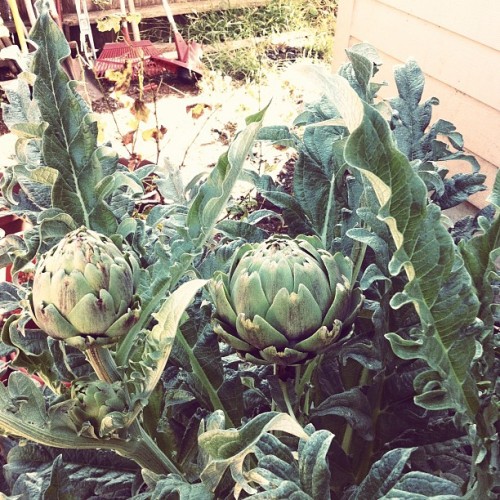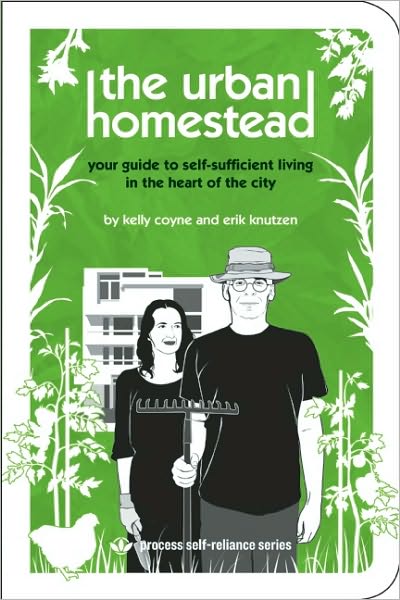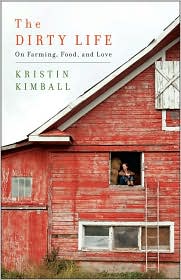First of all, what is vermicomposting? Well, in short, it is a form of composting that in addition to bacteria and microbes, also uses worms to break down organic waste. This waste is full of awesome nutrients that help your plants grow healthy and strong without the use of chemical fertilizers.
Vermicomposting uses two types of worms that are specially adapted to conditions such as high temperatures and rotting vegetation. Basically, these aren't your average garden earth worms.
So, how does it work? Essentially, you feed your worms organic waste, they then eat it and help break it down. And when they are done they poop! I know, super exciting, I didn't say it was a particularly glamorous process. But if you are one of those people that get squeamish at the word "poop," the more eloquent term for worm leave-behinds would be "worm castings."

So, what do you need to get started on your worm farm adventure?
First, you will need a bin. There are three types of worm composting bins. There is a
non-continuous bin that you throw all of your worms, bedding, and so forth into and then when the process is complete you have to empty and sift through the compost to find your worms to start it over again. This is popular because it is cheap and easy to make, but it is also hard to harvest your compost without removing some worms.
There is also a
continuous vertical flow bin set-up;
this bin uses a series of trays that are stacked on top of one another. You fill the bottom tray with your worms, bedding, and organic materials and let them go to work. Once the process is complete, you start filling the tray on top with bedding and organic matter and the worms will start to migrate upwards toward the food, making it easy to harvest the bottom tray. The third bin is similar to the CVF bin and is called the
continuous horizontal flow bin, but instead of migrating up, the worms migrate to the side. This set up, however, takes up a lot of space so is therefore undesirable for small spaces.
I use the vertical flow method as it is efficient and doesn't take up a lot of space. The brand of bin I have costs about $105 and is called
The Worm Factory.
The second thing you will need is
bedding.
For bedding you can use shredded paper, cardboard, dead leaves, wood shavings, etc. The idea is that this bedding should be high in carbon: think
brown. Sawdust, hay and peat moss also work. You want anything that is loose and facilitates aerobic respiration and decomposition. Loose bedding is also easier for the worms to move around in. This bedding should be kept moist.
You should avoid using glossy paper because it may have toxins that aren't good for the system. Cereal boxes and other cardboard used to hold food should be avoided as well because it is hard to break down.

You will then need
worms. As mentioned before there are two types of worms you can use: Red Wigglers and Red Earthworms. I have Red Wigglers. You can get them at most nurseries or
online for about $25/lb.
Finally, you will need
organic material. Worms are pretty low maintenance, they will eat almost anything.
- Veggie/fruit scraps and peelings
- coffee grounds (and filters), tea leaves/bags
- egg shells
However, there are things that even worms won't or should not eat:
- anything citrus, these fruits are way too high in acid
- onions, tomatoes, chilies. Again, these are too high in acid.
- Dairy products. Think of your worms as being lactose intolerant.
- Dog/cat waste. However if you do use this in your non-worm compost bin make sure to not use this compost on your edible plants. Dog/cat waste can have diseases.
- Ashes from a fireplace: wood ashes are very alkaline which is bad for your worms and the micro bacteria that are working on your compost.
- Meat: This mostly makes the worm bin stinky as it breaks down, which attracts flies and other annoying critters.
Here are some tips to send you on your composting way:
- In warm climates, put your bin in the shade, worms don't like too much direct heat.
- Contrarily, in cool climates bring your worm bin inside or put it in a warm/dry spot, they don't like being cold either.
- Keep the contents of your bin moist (like a sponge that has been rung out).
- when your bin starts to stink that means there is too much nitrogen (from greens) and it is time to add high carbon stuff (brown items) The general idea is to have 30 parts C to one part N
- Large items take longer to decompose. Help your worms out by making things smaller, like putting your waste through a food processor first.

After all is said and done you have some awesome compost to work into the top soil of your garden. Try not to use it as straight potting mix though. Also, there is a liquid fertilizer from the worm castings that you can use. I like to put it in a cleaned out milk jug to use when needed. You only need about two tablespoons of this vermicast to a liter of water. My sister recommends letting it sit for a day and then to water your plants or add it to a spray bottle for an insecticide/foliar fertilizer (worm poop is also great for keeping away bad bugs).
So why do we do this? What is the point?
First, worm compost has a ton of nutrients. It also has microbes that helps break down nutrients in soil into plant available forms.
Last, it is a free form of fertilizer that is sustainable and organic. Why spend money and fossil fuels on synthetic fertilizers that will only promote desertification in the long run? Exactly.
So go adopt yourself a pound of worms and get started.
 I am coming to you live from my couch where a lot of garden planning as been taking place. Because this winter has been so, so, so very warm and because I live in sunny California, about two weeks ago I started some seeds indoors hoping to get an extra early start on my garden this year. Last year I was starting seeds in april and had some transfers in March, as a result many of my tomatoes didn't produce very much or for very long and my artichoke plant didn't get many artichokes until summer was over.
I am coming to you live from my couch where a lot of garden planning as been taking place. Because this winter has been so, so, so very warm and because I live in sunny California, about two weeks ago I started some seeds indoors hoping to get an extra early start on my garden this year. Last year I was starting seeds in april and had some transfers in March, as a result many of my tomatoes didn't produce very much or for very long and my artichoke plant didn't get many artichokes until summer was over.



























